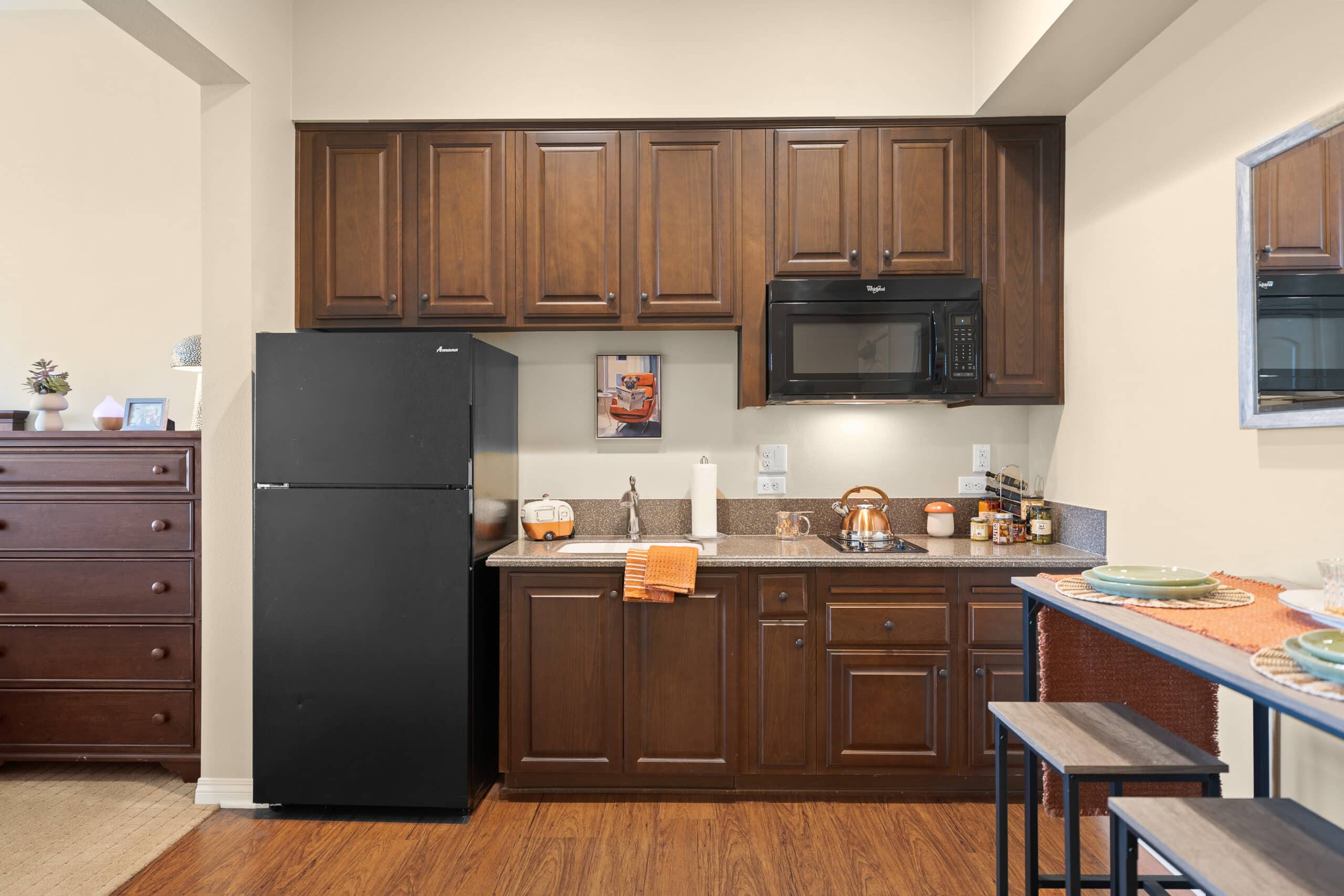
Know If Senior Housing in Santa Barbara, CA Is Right For You
Exploring your options for senior housing in Santa Barbara, CA, can be both exciting and overwhelming. With its scenic coastal beauty, vibrant community, and diverse
Gain expert insights and practical tips to help seniors and their families navigate senior living with confidence.
Category: Resources

Exploring your options for senior housing in Santa Barbara, CA, can be both exciting and overwhelming. With its scenic coastal beauty, vibrant community, and diverse

Independent living doesn’t mean doing everything on your own—it means having the right support systems in place to maintain your freedom while enjoying daily convenience.

Looking for a place that offers comfort, care, and community? Discover senior living in Paso Robles, CA—a charming destination where compassionate care meets an enriching

Caring for an aging loved one often means navigating sensitive challenges—including how to remove urine smell from elderly clothing. While it may feel overwhelming, the

If you’re a senior or a family caregiver looking for enriching ways to stay active, relax, or reconnect with nature, the parks in Escondido, California,

Choosing independent living in La Mesa offers a refreshing lifestyle shift for seniors looking to thrive in a supportive, enriching environment. At Westmont of La

When forgetfulness becomes a frequent concern or your loved one’s safety at home is compromised, it may be time to explore memory care in Riverside

As we age, our hair naturally changes—losing its density, moisture, and youthful shine. Whether you’re experiencing thinning, dryness, or brittle strands, choosing the right shampoo

Eating a balanced diet for a healthy life is more than just a lifestyle choice—it’s a commitment to aging with strength, vitality, and purpose. Seniors

Choosing the right assisted living in San Luis Obispo County can feel overwhelming, especially when considering the wide range of pricing, services, and care levels
Discover the level of care you or your family member requires.
Popular Blogs





Find out if you or your loved one’s current lifestyle is best suited for long, healthy aging.
Each of our communities across California and Oregon offers a unique blend of activities, connection, and wellness.
Embrace a lifestyle where your interests and independence are celebrated every day.
9000 Murray Drive La Mesa, CA 91942
Luxury redefined in a resort-style setting, tailored for dynamic senior living experiences.
190 Via Jero, Goleta, CA 93117
Where warmth meets care, curating an inviting senior living experience.
17050 Arnold Drive Riverside, CA 92518
A harmonious blend of belonging, independence, and enriching senior lifestyles.
All Rights Reserved. Powered by ConversionFormula.
Pick a Westmont community to explore and schedule your personal walkthrough!
Make yourself at home where a happy, healthy lifestyle goes hand-in-hand with your personal fulfillment, enrichment, and growth.
Answer a few quick questions to unlock the exciting future senior living can offer!